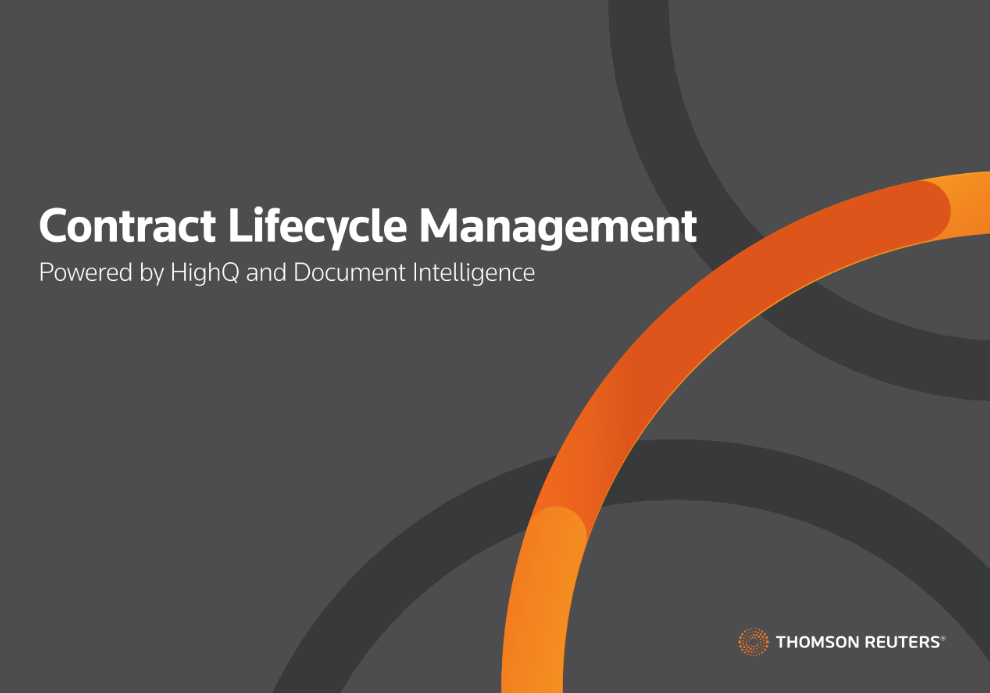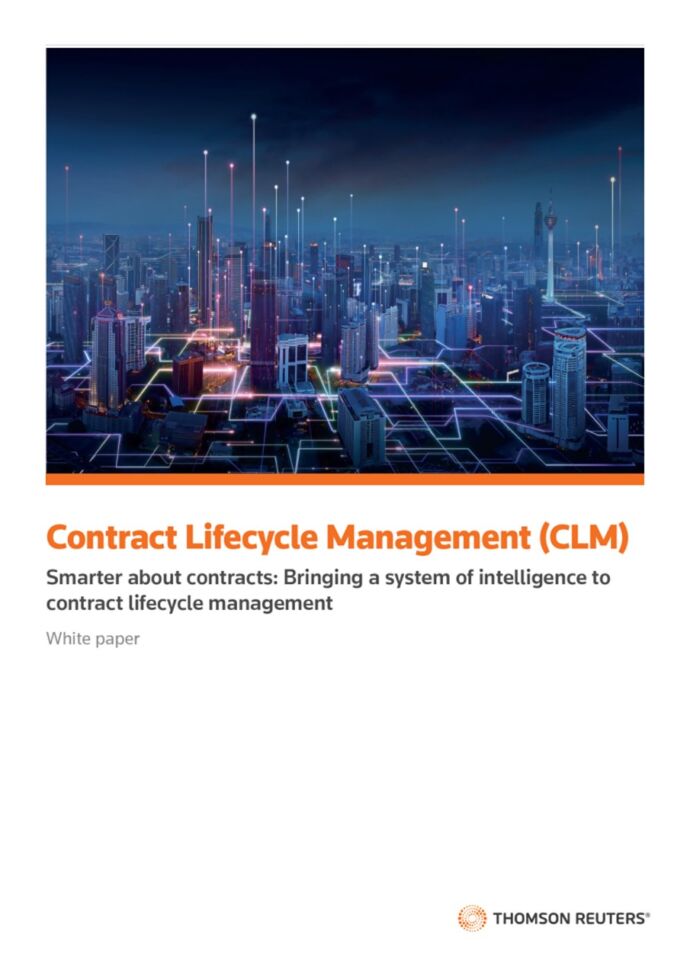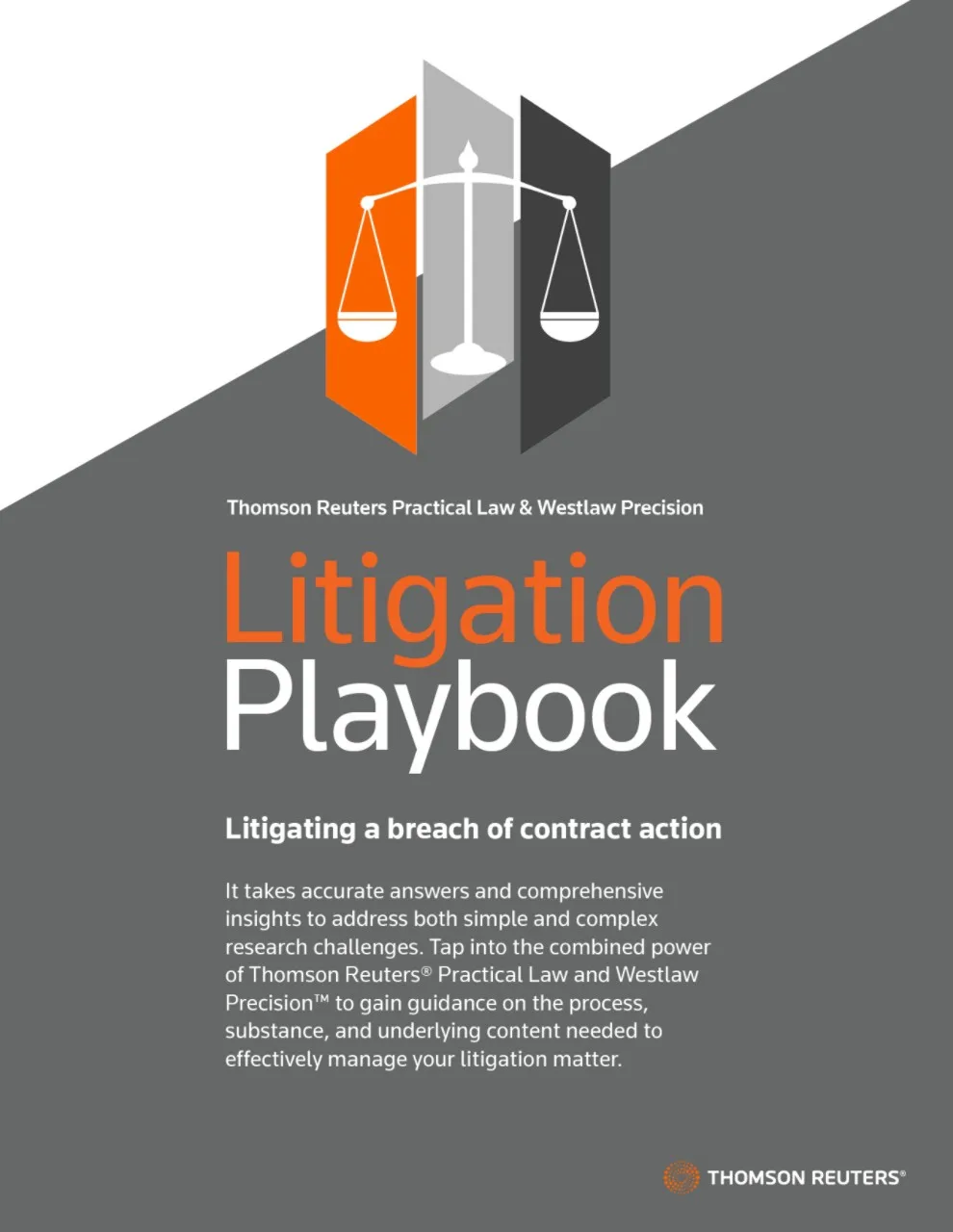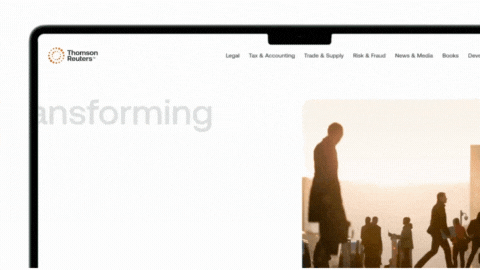The importance, benefits, challenges, processes, best practices, and the future of contract lifecycle management
Highlights
- Contract Lifecycle Management (CLM) is the systematic process of managing a contract through its five key stages—initiation, negotiation, execution, monitoring, and closure—to improve efficiency, reduce legal risks, and allow professionals to focus on high-value strategic work.
- Manual contract processes create significant challenges, including a lack of visibility, compliance risks, and security vulnerabilities, which are effectively overcome by automated CLM solutions that centralize data, streamline workflows, and provide robust audit trails.
- Effective CLM implementation relies on best practices like standardizing templates, tracking key metrics such as cycle time and renewal rates, and leveraging emerging technologies like AI to further enhance automation, risk analysis, and overall contract value.
Contracts are a foundational component of nearly every business relationship, and they are regularly used to outline the terms of countless other interactions between individuals as they navigate homeownership, renting, executing high-end commercial purchases, and so many other day-to-day activities.
Jump to ↓
| What is CLM? |
| Stages of the CLM process |
| Importance of CLM |
| Challenges of CLM |
| Benefits of a CLM solution |
| Key metrics for CLM |
| Best CLM practices |

Contract Lifecycle Management
Reach a new level of efficiency and gain complete contract visibility
View features ↗What is contract lifecycle management?
Contract lifecycle management (CLM) refers to the process of managing contracts through their entire lifecycle, from initiation and creation to execution, monitoring, and eventual renewal or termination.
CLM typically involves a combination of technology, tools, and processes and helps organizations better manage their contract-related data for more efficient and effective decision-making.
Regardless of what type of contract one may need to draft, CLM can be useful to deploy, especially for businesses or individuals engaged in many contractual agreements at once. It involves a systematic approach to streamline and automate the various stages of contract management, including drafting, negotiation, approval, compliance tracking, performance monitoring, and record-keeping.
CLM is beneficial to both public and private sector organizations, and it has enjoyed steady adoption in recent years. Even the U.S. Department of the Interior had words to say about contract lifecycle management.
By providing complete end-to-end acquisition and contract writing capabilities, CLM enables organizations to audit all categories of … spending by increasing transparency and providing clear accountability, improve compliance, increase efficiency, and reduce costs by providing an integrated environment for processing both routine and complex procurement contacts.
As many professionals already know, well-drafted contracts can help prevent confusion, headaches, and even legal conflict down the road. Further, well-managed contracts can reduce the time needed to adjudicate disputes and make those disputes less costly for all parties involved in those instances when litigation is unavoidable.
In contract law or for those relying on contract agreements to protect their business interests, it can be helpful to consider technological solutions aimed at reducing the amount of rote, menial tasks required of their human resources. One way this can be accomplished is by deploying an end-to-end system to manage the contract lifecycle process.
These management systems can be extremely useful for both individuals entering new business relationships and for those looking to formalize existing ones. As such, businesses and legal pros have increasingly turned to CLM systems to improve the accuracy and efficiency of their contract generation.
CLM solutions typically include features such as contract templates, version control, collaboration tools, automated alerts and reminders, reporting capabilities, and integration with other enterprise systems. The primary goals of CLM are to reduce risks, improve compliance, increase efficiency, and maximize the value derived from contractual agreements throughout their lifespan.
Stages of the contract lifecycle management process
Contract lifecycle management is best viewed through the same lens as any other natural cycle. The contracting process does not start and end with the decision to enter into an agreement. Instead, many contract agreements take shape more akin to the way a living, breathing entity might. Inherently, there is a need to continually monitor and adapt a contract over its life.
A CLM process can help free up critical resources needed to focus on crafting the best version of the needed arrangement. By eliminating many of the menial, grunt-work tasks associated with contract negotiation, parties can spend more time focused on making sure each segment of the contract is thorough, well-planned, and sufficiently broad.
With the time saved through automation, legal pros, and business leaders will be able to focus on crafting a quality agreement that delivers synergy for all parties involved.
Generally, there are five stages in the contract lifecycle. They are contract initiation, contract negotiation, contract execution, contract monitoring, and contract closure. Let’s explore those stages a little deeper.
- Contract Initiation comes after two parties decide they want to enter into a relationship or agreement with one another. This can be the function of two parties conducting business or as simple as a lease between a renter and landlord. Whatever the case might be, the impetus for a contract engagement is the mutual desire to formalize the terms of a working professional arrangement.
- Contract Negotiation follows contract initiation. This involves discussing the terms and conditions of the contract and reaching an agreement. This process is critical in ensuring all parties have achieved mutual satisfaction with the burgeoning relationship. The more care that goes into this process the better, and it is here where the skill and acumen of those charged with generating a contract can really show their value.
- Contract Execution is the third phase of the contract lifecycle. At this point, a contract goes from concept to practice and becomes legally binding.
- Contract Monitoring is the fourth stage of the process. This includes monitoring the progress of the contract and making any necessary adjustments. As defined, contract management is “the entire contracting process from planning through contract administration, including contract close-out.”
- Contract Closure is the final stage of the process, which involves ending the agreement by taking all necessary steps like archiving documents or releasing funds.
Importance of contract lifecycle management
There is no shortage of reasons why strong, reliable CLM system is essential. Aside from the compliance, streamlining, and paper reduction that come with automated CLM, it can also be a tremendous benefit during litigation should it arise.
A centralized, digital location of contractually relevant materials gives litigators an easy-to-follow trail of information should they find themselves in a dispute. All parties will be able to easily identify pertinent clauses and source materials, and this provides a much-needed peace of mind as a business relationship develops.
Another great benefit of automated CLM is the value of the time saved by utilizing it. Nobody likes spending time doing menial, repetitive tasks. Contract creation and management, like most legal and business elements, are full of tasks that do not require the full measure of the skill and expertise of many individuals who are tasked with their generation.
Those individuals are much more useful and valuable if they are applying their skill set to higher-value work. This is, perhaps, the greatest benefit of effective automated CLM. It allows businesses to more efficiently manage their resources.

White Paper
Smarter about Contracts: Bringing a system of intelligence to contract lifecycle management
Access white paper ↗Challenges of contract lifecycle management
CLM challenges present themselves in a variety of ways, and many legal pros and business managers have begun to see the value in curbing them before they manifest into unmanageable situations. Here, we will touch upon some of the most pressing challenges associated with CLM and explore some ways to mitigate them before they get out of hand.
Manual processes and lack of automation
The contract lifecycle is a naturally cumbersome consideration. Many hours have been spent gathering documents, outlining clauses, and researching relevant materials to develop sound, legally defensible contracts.
Done manually, sometimes these processes can be slow and prone to human error. This can be especially burdensome when trying to keep up with ever-changing financial conditions, fluctuating market forces, and other unexpected shifts that occur during normal business arrangements.
Unsurprisingly, data security platform Satori found in a recent survey that 61% of respondents said manual data access tools and processes slowed their projects. These delays can prove frustrating, and often they can lead to avoidable inefficiencies and mistakes.
Lack of visibility and transparency
Often, contract generation requires many individuals to put their eyes, ears, and keystrokes to work in concert. When business and legal partners have trouble getting on the same page, contract management becomes less dynamic, and in turn, less transparent.
Trust is one of the most important elements of the contract lifecycle, and it is increasingly important to foster its growth among business partners. Manual CLM can sometimes make this process harder than it needs to be.
Inability to enforce compliance
Legal and regulatory compliance can be tricky, especially as contract arrangements are increasingly globalized. Regulations from country to country, state to state, and even across municipalities can be hard to keep straight. Added to the fact that governments around the world are being forced to keep up with a rapidly evolving tech landscape, it can be easy to let compliance fall to the wayside.
Consider again Satori’s survey data: 62% of those asked said “meeting security and compliance requirements” slow down projects. Extrapolated across the broad spectrum of contract law, those delays could be particularly prohibitive for businesses operating in the fast-paced economic climate we see today.
Difficulties in tracking changes and revisions
Contract negotiations often involve a lot of give and take. It can be rather time-consuming as both sides paddle ideas back and forth using proverbial pen and paper. As such, tracking changes and making alterations during manual contract management can be challenging.
Many contract agreements are executed without a hitch. Sometimes, though, disputes can arise and good-faith arrangements, unfortunately, break down. It is during these times that legal pros and in-house counsel can struggle to achieve timely, equitable dispute resolutions. These challenges can often become exacerbated without the right tools to ensure all parties are working under the same set of assumptions and with the most up-to-date information.
Inadequate data security and risk management
Contract management, by nature, requires airtight risk management and security. Personal information, financial data, and valuable trade information are often part of many contract negotiations, and it is important they are kept safe and secure.
Much like other regulatory and compliance considerations, data security standards are subject to legislative changes and other important benchmarks. Outdated data security software may run afoul of these standards creating an unfortunate headache for all parties involved.
Overcoming CLM challenges with technology solutions
Information technologies like automation can help dramatically streamline the CLM process. Automated tools can save time, increase accuracy, and reduce errors in managing contracts, and there is a bevy of cloud-based solutions aimed at doing just that. Often, these solutions rely on convenient remote access and data-driven analytics to power better CLM.
Automated, tech-powered CLM checks a lot of boxes. It helps organizations streamline contract creation and negotiation processes, cuts paperwork, and helps ensure regulatory compliance by tracking contracts from start to finish, which gives organizations an audit trail in case of any disputes. In turn, this also bolsters contract visibility and drives cost savings and other improvements.
Benefits of a contract lifecycle management solution
As you might imagine, the above-stated steps and challenges for contract lifecycle management can be very time-consuming. But, there are many benefits and qualities to consider in a CLM system.
CLM solutions can assist with many of the individual tasks needed to create an airtight contract agreement, and enable lawyers to securely access and work on documents. This increases operational efficiency and reduces manual effort when building a contract.
Improved compliance and risk mitigation
CLM systems help organizations manage contractual obligations, deadlines, and renewals, reducing the risk of non-compliance and associated penalties or legal issues.
To that end, secure data management also helps ensure regulatory compliance and improves auditability, both of which will save you from headaches down the road. This is especially helpful with respect to ensuring all your contracts meet important benchmarks like those included in the Sarbanes-Oxley Act, which was passed in 2002 in response to several high-profile accounting scandals and seeks to improve the auditing practices.
Increased efficiency and productivity
CLM solutions can automate and streamline many of the time-consuming tasks involved such as automating workflows, easily accessing templates, extracting key contract data, organizing documents into one centralized repository, and getting alerts and reminders.
By streamlining and automating these processes, CLM solutions enable legal teams, procurement professionals, and other stakeholders to focus on higher-value tasks, such as strategic negotiations, risk analysis, and optimizing contractual relationships, ultimately driving increased productivity and efficiency across the organization.
Better visibility and control
CLM platforms provide a centralized repository for all contracts, enabling easy access, tracking, and reporting across the entire contract lifecycle.
Further, CLM solutions also help leverage the benefits of more advanced features like version control, auditing and reporting, digital rights management, access permissions, approval workflow, and custom metadata. Ultimately, this enables faster turnaround times for contract negotiations and creates a single source of truth for document storage.
Enhanced collaboration and consistency
With built-in workflows, templates, and version control, CLM tools facilitate collaboration among stakeholders and ensure consistency in contract language and terms.
CLM solutions also allows outside counsel to simultaneously manipulate documents and work on them collectively in real-time. Ultimately, this saves time and allows teams greater flexibility when communicating needed changes to a contract.
Cost savings and optimization
By improving contract management processes, organizations can identify cost-saving opportunities, negotiate better terms, and maximize the value derived from contractual relationships.
Another great benefit of utilizing CLM solutions is the enhanced data integrity and security features built into the applications. Protecting client data, especially as information rapidly flows between principal parties during a contract negotiation, is a critical consideration for any legal pro or business operator tasked with contract management.
Key metrics for contract lifecycle management
One of the best ways to ensure you are getting the most out of your contract lifecycle management practices is to measure their success rates. This can be accomplished in several ways, including objective statistical analysis and data point measurement. Below, we will touch on some of the key metrics one might need to look for when performing contract analysis. Consider some critical Key Performance Indicator (KPI) metrics that can help you keep tabs on your contracts’ success:
Contract cycle time: this is the average time it takes to open negotiations to final contract signing. It is generally measured in days.
Contract renewal rate: Keeping track of the rate at which contracts are re-upped once they expire can tell you a lot of important information. Naturally, it can give you an idea of what might be working and what might not, but the real value of the metric comes as you being to compare the rate change over time. Should the rate decline, there might be some fundamental shift in the contract process that must be addressed. In addition, knowing which contracts are at risk or need additional resources can help organizations prioritize their CLM workloads.
Contract value: Each contract will provide, presumably, some measurable benefit to the organizations engaging with it. Taken one step further, this value can be weighted by dollar value and calculated annually.
MetricHQ explains this can be measured by applying a Weighted Annual Contract Value, which considers the average dollar amount proportional to a contract’s overall value.
“Essentially, higher value contracts are assigned more importance when calculating the total average contract value of a business. This approach is helpful to companies that have widely varying customer concentration by accurately calculating a value that is not skewed by contracts with low dollar value.”
'Weighted ACV (WACV)'
Contract compliance rate: Essentially, this is measured by taking the total contracts that met specifications and dividing that number by the totality of all the executed contracts. As such, it is one way to begin to assess contract risk, although, the application of this rate does not necessarily directly correlate with the complex nature of actual risk.
Contract dispute resolution time: Contract disputes arise from time to time, and this in and of itself is normal. It can be useful, though, to keep track of how often these disputes arise and how long it takes to mitigate them. Resolving contract disputes will cost time and resources, so ensuring you curb any systemic issues prolonging these resolutions can be extremely valuable for legal departments. One great way to do this is to keep airtight track of how much time these disputes are eating up compared to other important legal operations.
Contract termination rate: Like the contract renewal rate, it can also be valuable to keep tabs on any sudden changes to the termination rate of your contract agreements. A spike in this rate could indicate a fundamental shift in the business climate you are operating in, or a fundamental change in the legal landscape relevant to your agreements.

Content Packet
Subscriber resources from the legal industry's most trusted how-to service
Access content ↗Best contract lifecycle management practices
To ensure a successful contract lifecycle management process, follow best practices. By following these best practices, organizations can optimize their contract lifecycle management processes, mitigate risks, improve compliance, and maximize the value derived from their contractual relationships.
- Conduct thorough data analysis: Analyze existing contract data to identify bottlenecks, risks, and areas for improvement in the contract management process.
- Implement automation: Leverage CLM software to automate repetitive tasks, such as contract creation, approvals, and renewals, to increase efficiency and reduce errors.
- Standardize templates and processes: Develop standardized contract templates and processes to ensure consistency, reduce legal risks, and streamline negotiations.
- Establish clear roles and responsibilities: Define clear roles, responsibilities, and approval workflows for all stakeholders involved in the contract lifecycle.
- Monitor metrics and KPIs: Regularly monitor key performance indicators (KPIs) and metrics related to contract cycle times, compliance, and cost savings to identify areas for improvement.
- Ensure version control and audit trails: Implement robust version control and audit trail capabilities to track changes, and approvals, and maintain a comprehensive record of contract revisions.
- Integrate with other systems: Integrate the CLM solution with other enterprise systems, such as ERP, CRM, and procurement platforms, for seamless data exchange and improved visibility.
- Provide training and support: Offer comprehensive training and support to ensure all stakeholders are proficient in using the CLM system and following established processes.
- Leverage AI and machine learning: Adopt AI and machine learning capabilities within the CLM solution to automate tasks like data extraction, risk analysis, and obligation management.
- Prioritize data security and compliance: Implement robust security measures, access controls, and compliance protocols to protect sensitive contract data and ensure adherence to relevant regulations.

Playbook
Litigating a breach of contract action: The answers you need and how to proceed when litigating a matter.
Download free playbook ↗The future of contract lifecycle management
Artificial intelligence (AI) has found its way into almost every segment of professional life. That includes AI with CLM. The benefits of properly trained and programmed AI can unleash tremendous power for the individuals and entities that choose to harness its functionality.
Per the National Contract Management Association, it is likely we will see AI find its way into mainstream CLM in short order.
“AI soon may be automatically flagging high-risk clauses in your solicitations so you can remove them before they can trigger protests. It is being trained to draft contracts that are accurate and consistent in their wording, structure, and formatting. Soon, it could produce high-quality documents for your review tailored to specific agency needs and handle post-award and closeout activities.”
'AI Is Coming for Contracting'
Of course, there are going to be some natural limitations. In general, AI and machine learning technologies are still working out some kinks with respect to processing language, and until the technology becomes safer and more reliable, it will be limited in its commercial applications. However, the legal industry is trending toward adoption, and some legal professionals are already working toward integrating AI technologies into their work.
For example, CoCounsel Legal can already help with legal documents. It helps from automating routine tasks to evolving the value of an entire legal department, tapping into generative AI (GenAI) capabilities in big and small ways.
For those on the fence, it could be beneficial to explore your options and think about some ways you might be able to leverage the technology. It never hurts to be prepared, and this is a field that has certainly piqued the interest of a lot of people and organizations in the legal space.
More resources
Contract lifecycle management assists organizations in reducing contract risks, ensuring regulatory compliance, evaluating contract performance through audits, and maintaining organization throughout the entire contract process. The implementation of efficient contract lifecycle management leads to significant cost and time savings for any organization.
This is especially true for attorneys and business managers looking to boost collaboration, increase productivity, and share information with one another. Explore more about how automated CLM solutions can work for you.

CoCounsel Legal
AI lawyers swear by: Trusted content, expert insights, and an all-in-one solution with ISO/IEC 42001:2023 certification
See it in action ↗







